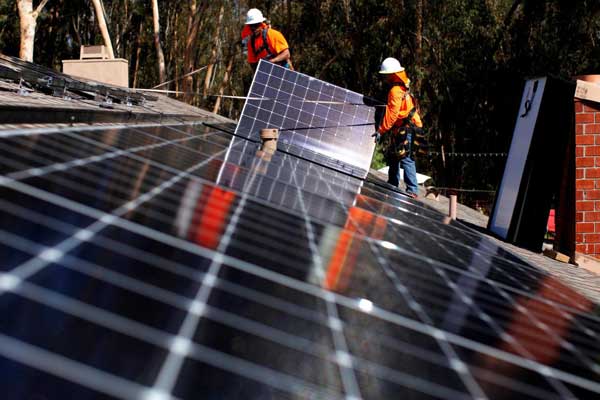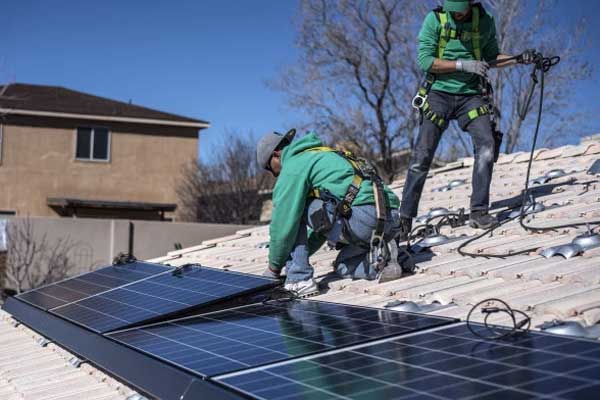The world installed a record 98 gigawatts of new solar capacity, far more than the net additions of any other technology — renewable, fossil fuel or nuclear.
Solar power also attracted far more investment, at $160.8 billion, up 18 per cent, than any other technology. It made up 57 per cent of last year’s total for all renewables (excluding large hydro) of $279.8 billion, and it towered above new investment in coal and gas generation capacity, estimated at $103 billion.
A driving power behind last year’s surge in solar was China, where an unprecedented boom saw some 53 gigawatts added — more than half the global total — and $86.5 billion invested, up 58 per cent.
The Global Trends in Renewable Energy Investment 2018 report, released by UN Environment, Frankfurt School — UNEP Collaborating Centre, and Bloomberg New Energy Finance, finds that falling costs for solar electricity, and to some extent wind power, is continuing to drive deployment. Last year was the eighth in a row in which global investment in renewables exceeded $200 billion — and since 2004, the world has invested $2.9 trillion in these green energy sources.
Overall, China was by far the world’s largest investing country in renewables, at a record $126.6 billion, up 31 per cent on 2016.
There were also sharp increases in investment in Australia (up 147 per cent to $8.5 billion), Mexico (up 810 per cent to $6 billion), and in Sweden (up 127 per cent to $3.7 billion).
A record 157 gigawatts of renewable power were commissioned last year, up from 143 gigawatts in 2016 and far out-stripping the net 70 gigawatts of fossil-fuel generating capacity added (after adjusting for the closure of some existing plants) over the same period.
Some big markets, however, saw declines in investment in renewables. In the United States, investment dropped 6 per cent, coming in at $40.5 billion. In Europe there was a fall of 36 per cent, to $40.9 billion, with big drops in the United Kingdom (down 65 per cent to $7.6 billion) and Germany (down 35 per cent to $10.4 billion). Investment in Japan slipped 28 per cent to $13.4 billion.
Global investments in renewable energy of $2.7 trillion from 2007 to 2017 (11 years inclusive) have increased the proportion of world electricity generated by wind, solar, biomass and waste-to-energy, geothermal, marine and small hydro from 5.2 per cent to 12.1 per cent.
The current level of electricity generated by renewables corresponds to about 1.8 gigatonnes of carbon dioxide emissions avoided — roughly equivalent to those produced by the entire U.S. transport system.














Comments